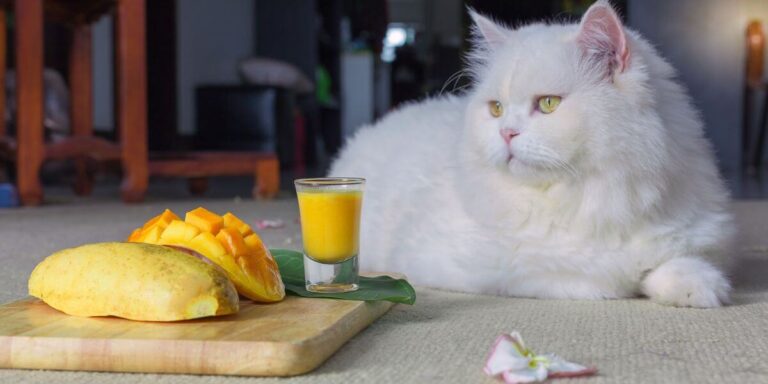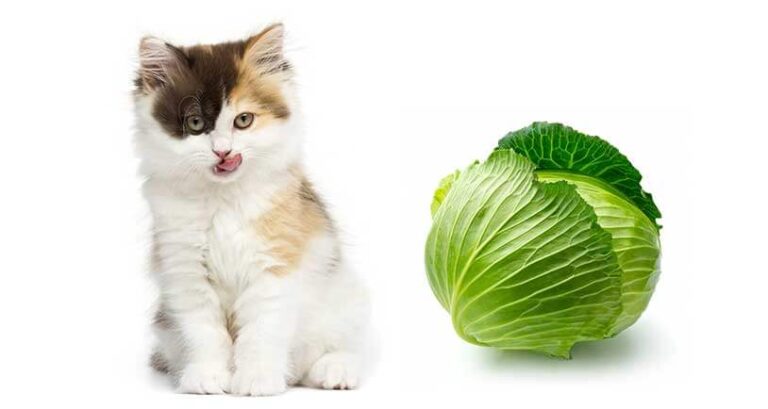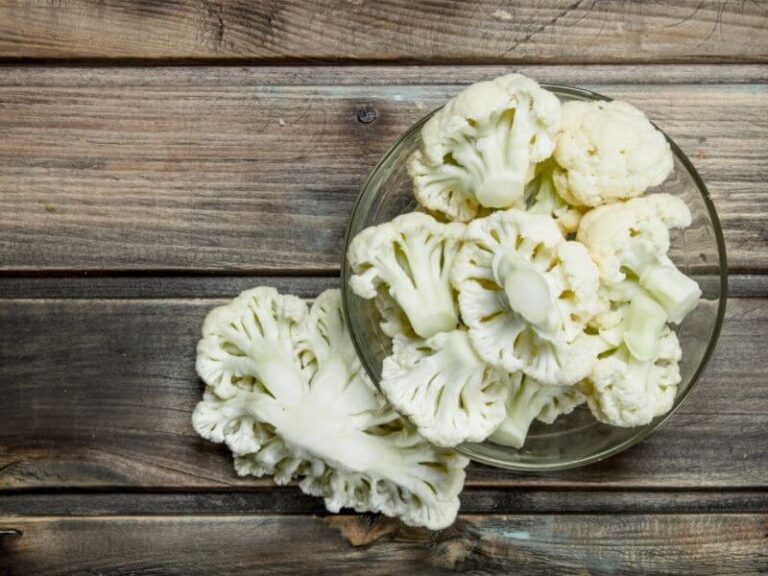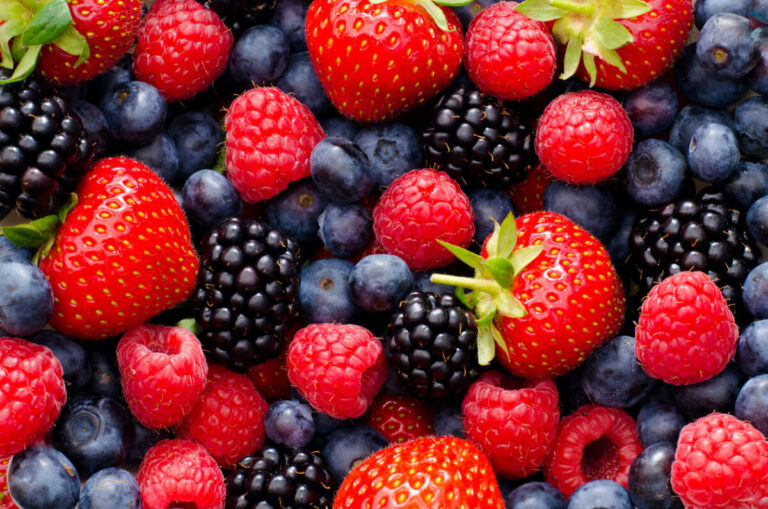Can Cats Eat Lettuce? A Comprehensive Guide For Cat Owners
Did you know that cats have a reputation for being picky eaters? But what about lettuce—can they munch on this leafy green?
Regarding feline nutrition, many cat owners wonder about the safety and suitability of various human foods. As a common salad ingredient, lettuce often raises questions among pet owners about whether it’s safe for their feline friends to consume.
Contents
Can Cats Eat Lettuce?
In short, cats can eat lettuce, but it’s not necessarily a significant part of their diet. While it’s not harmful in moderation, lettuce doesn’t offer much nutritional value to cats, as their digestive systems are designed to process animal proteins more efficiently.
Is Lettuce Safe for Cats?

Yes, lettuce is generally safe for cats to eat in moderation. Unlike some other vegetables, lettuce does not contain any toxic compounds that could harm your feline friend. However, it should only be given as an occasional treat rather than a staple in their diet.
Moreover, some cats may not be interested in lettuce, while others might enjoy playing with it more than eating it. It’s essential to monitor your cat’s reaction to lettuce and any other new food to ensure they don’t have any adverse reactions, such as vomiting or diarrhea.
Nutritional Value of Lettuce
Lettuce is a low-calorie vegetable primarily composed of water, making it a refreshing addition to human diets. It contains small amounts of vitamins and minerals such as:
- Vitamin A
- Vitamin K
- Folate
- Iron
- Fiber
Despite these nutrients, lettuce is not particularly nutrient-dense and offers limited health benefits compared to other vegetables.
Potential Benefits of Lettuce for Cats
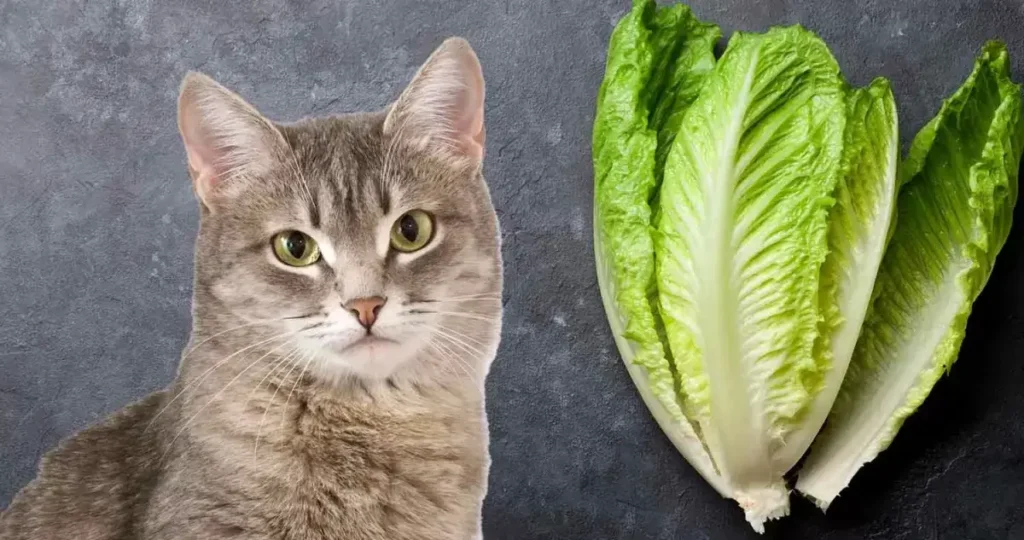
While lettuce is not a necessary component of a cat’s diet, it can offer a few minor benefits:
- Hydration: Due to its high water content, lettuce can help keep your cat hydrated.
- Fiber: The fiber in lettuce can aid in digestion and support healthy bowel movements.
- Low-Calorie Treat: Lettuce can be a low-calorie treat option for overweight or less active cats.
Risks and Considerations
Before introducing lettuce into your cat’s diet, consider the following:
- Digestive Upset: Some cats may experience digestive issues such as diarrhea or vomiting if they eat too much lettuce.
- Pesticides: Always wash lettuce thoroughly to remove any pesticides or chemicals that could harm your cat.
- Choking Hazard: Ensure that lettuce is chopped into small, manageable pieces to prevent choking.
How to Introduce Lettuce to Your Cat’s Diet
If you decide to give your cat lettuce, follow these steps:
- Choose the Right Type: Opt for plain, green leaf lettuce. Avoid iceberg lettuce, as it has the lowest nutritional value.
- Wash Thoroughly: Rinse the lettuce to remove any pesticides or dirt.
- Chop Finely: Cut the lettuce into small, bite-sized pieces to avoid choking.
- Start Small: Offer a small amount and observe your cat’s reaction. If they show any signs of digestive distress, discontinue use.
Alternative Healthy Treats for Cats
If you want to offer your cat a variety of treats, consider these healthier alternatives:
- Cooked Meat: Plain, cooked chicken or turkey can be a protein-rich treat.
- Fish: Small amounts of cooked salmon or tuna can be a tasty and nutritious option.
- Catnip: Many cats enjoy the occasional catnip treat.
- Commercial Cat Treats: Look for treats specifically formulated for cats, ensuring they are free from harmful additives.
Conclusion:
In conclusion, cats can eat lettuce without immediate harm, but it’s not a necessary or particularly beneficial addition to their diet. Stick to feeding them a balanced diet of high-quality cat food specifically formulated to meet their nutritional needs. If you need more clarification about what foods are safe for your cat, consult your veterinarian for personalized guidance.
Note: The advice provided in this post is intended for informational purposes and does not constitute medical advice regarding pets. For an accurate diagnosis of your pet’s condition, please make an appointment with your cat’s doctor.
Related: Can Cats Eat Honey?
FAQs About Cats Eating Lettuce
Q: Can cats eat lettuce?
A: Yes, cats can eat lettuce in moderation. However, it’s important to note that lettuce should not replace their regular cat food, as it lacks the essential nutrients that cats need.
Q: Is lettuce safe for cats?
A: Generally, lettuce is safe for cats to eat. It’s not toxic to them, but it’s also not a significant source of nutrition for felines.
Q: What types of lettuce can cats eat?
A: Cats can eat various types of lettuce, including romaine, green leaf, and iceberg lettuce. However, offering them small, bite-sized pieces is best and avoid any dressings or toppings.
Q: How should I prepare lettuce for my cat?
A: Wash the lettuce thoroughly to remove any pesticides or dirt. Then, tear it into small pieces that are easy for your cat to chew and swallow.
Q: Are there any risks associated with feeding my cat lettuce?
A: While lettuce isn’t harmful to cats, some cats may have difficulty digesting it, leading to digestive upset like vomiting or diarrhoea. Monitor your cat’s reaction closely when introducing new foods.
Q: Can lettuce be a regular part of my cat’s diet?
A: Lettuce should only be given to cats occasionally and in small quantities. It’s not a necessary component of their diet and should be considered more of a treat or occasional snack.
Q: Why might my cat show no interest in lettuce?
A: Cats are obligate carnivores, meaning they have evolved to eat meat primarily. Some cats may not be interested in non-meat foods like lettuce. It’s essential to respect your cat’s preferences and not force them to eat something they don’t enjoy.
Q: How can I tell if my cat enjoys lettuce?
A: Watch your cat’s behaviour when offering lettuce. They may enjoy it if they show interest, sniff it, or take a few nibbles. However, they likely don’t find it appealing if they ignore it or walk away.
Q: Should I consult my veterinarian before feeding my cat lettuce?
A: It’s always a good idea to consult your veterinarian before introducing new foods, including lettuce, into your cat’s diet. They can provide personalized advice based on your cat’s health status and dietary needs.
- Golden Retriever Pros and Cons: What Every Pet Parent Should Know - 15 September 2025
- Cane Corso Dog Breed: Health, Care, and Lifespan - 14 September 2025
- Catahoula Leopard Dogs: Description, Temperament, Lifespan, & Facts - 21 July 2025


